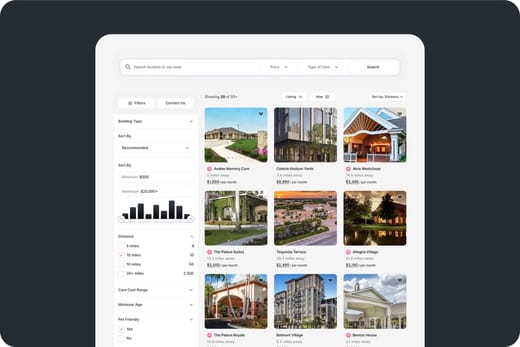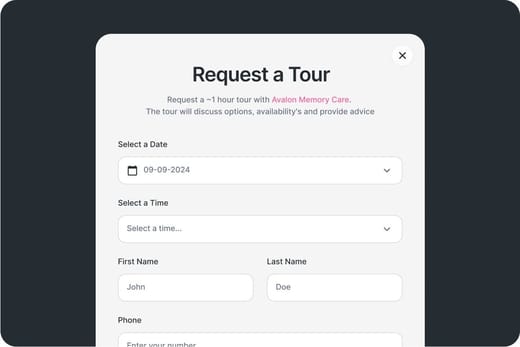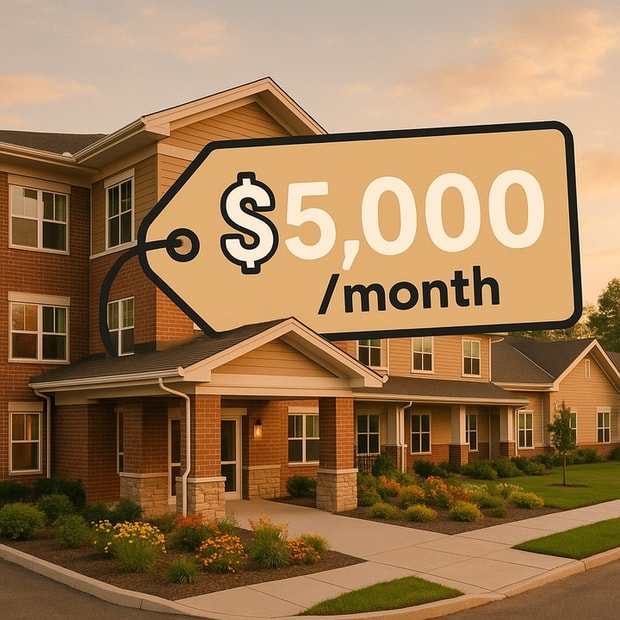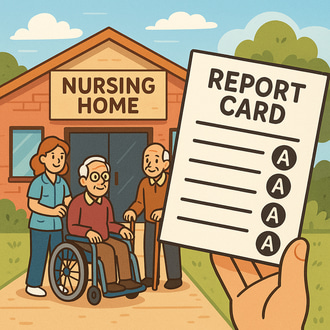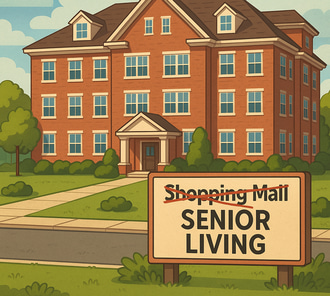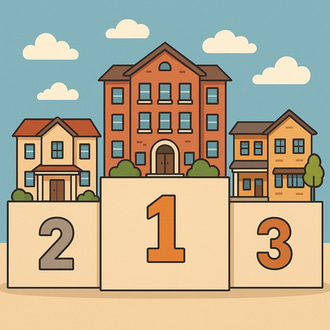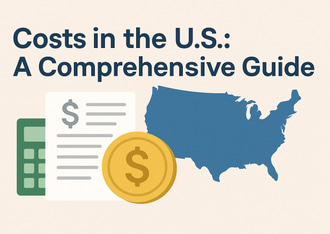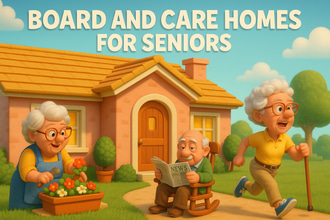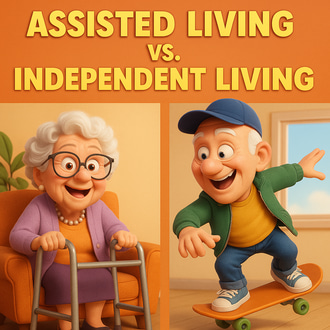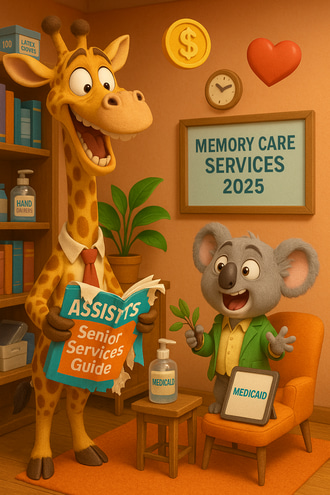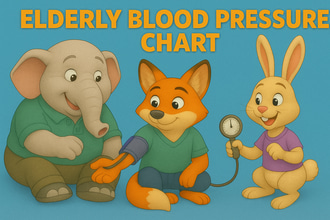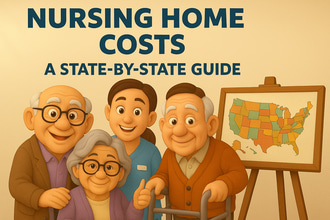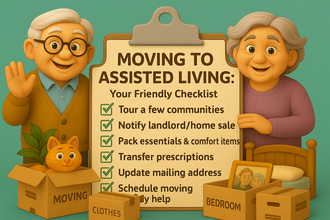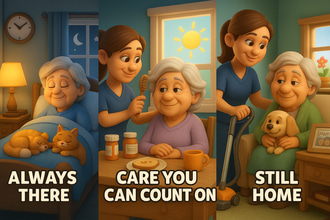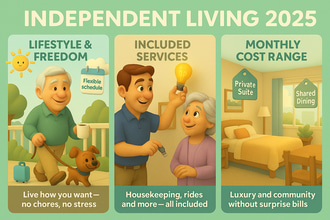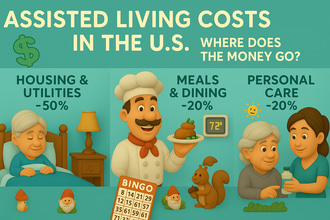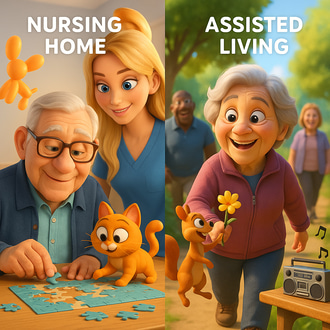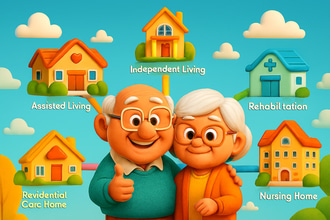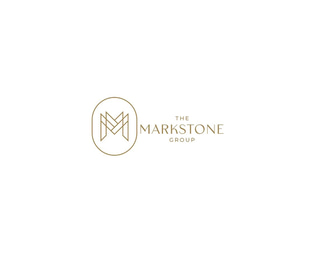The demand for assisted living increases alongside the aging population. Older adults who have difficulty performing activities of daily living (ADLs), like bathing, dressing, and grooming, benefit from assisted living services, especially those that offer personal care. However, assisted living communities may pose a financial challenge, especially with their average cost of $6,077 per month, as per the Genworth Financial Care Scout Survey in 2025.
The cost of assisted living in the U.S. varies widely across the country and is influenced by several factors. Understanding the cost breakdown may help older adults and families create a long-term plan that best matches their budgets. Additionally, there are several ways in which older adults and families can pay assisted living costs and offset expenses.
State Variations
Depending on the state, assisted living may be cheaper or more expensive, compared to the national median of $6,077 per month. With costs ranging from $4,481 as the least expensive, to $11,650 for the most expensive. There are several factors that influence assisted living rates, including the cost of living, availability, demand, and geographical location.
Location as a cost factor
Location is one of the key considerations in choosing an assisted living community. Since it affects the quality of life, environment, and expenses in retirement. Additionally, the cost of living, demand, and availability of services in the prospective location also affects assisted living costs. Since, most low-cost states, or those with a low cost of living, offer a relatively lower rate for assisted living. While high-cost states, or states with a relatively higher cost of living and that are highly urbanized, also provide more expensive assisted living options.
- South Dakota, a state with a relatively low cost of living, offers an average of $4,481 per month, the lowest cost among the states. Additionally, Mississippi and Lousiana are also among the states with the least expensive assisted living costs.
- Among the most expensive assisted living costs are Hawaii with an average of $11,650 per month and Alaska with an average of $10,504 per month. These two states have significant higher costs due to the combination of high cost of living and unique geographical location. California is also one of the most expensive states, in terms of assisted living costs at $7,571 per month.
There are also variations in assisted living costs within states, as more urbanized locations tend to have higher costs. For instance, Maryland has a relatively higher assisted living costs compared to the national average with $7,2975 per month. However, some cities, like Cumberland, have lower costs with an estimated of $5,969 per month.
Cost Breakdown
Through a breakdown of services covered by monthly fees, older adults and families can have a better grasp of what they are paying for. Monthly base fees typically includes:
- Housing
- Private or shared living spaces; with private spaces having higher costs.
- Meals
- Usually includes three meals a day, with a variety of dining options that can accommodate special diets.
- Utilities
- Services, including electricity, water, and gas.
- Housekeeping
- Light housekeeping of the chosen accommodation and regular maintenance; depending on the community, this can be daily or weekly.
- Activities
- Social events, fitness classes, and occasional trips.
Aside from the monthly base fee, older adults and families are also expected to pay the following, depending on their needs and preferences:
- Level of Care
- The higher the level of care needed, the higher the rates are. Some communities utilize tiered pricing models to ensure older adults pay only for what is needed.
- Amenities and Add- Ons
- Luxury communities provide a variety of amenities and services that can hike up expenses, like the spa, gourmet dining, and specialized therapies.
- Move-in Fees
- Some communities require a one-time fee for reservation, usually ranging from $1,000 to $5,000.
Assisted living costs can also be understood better with pricing models, providing older adults and families with an overview of what is included with their fees.
A la Carte Pricing
In this pricing model, the community offers a monthly fee for rent and occasionally, for meals. However, other services, including assistance with daily living activities (ADLs), like bathing and feeding, and medication management, are charged with additional fees.
All-inclusive Pricing
The monthly fee covers the rent and other services, like ADL support, medication management, and other community amenities.
How do Families Pay for Assisted Living?
With a better understanding of assisted living costs, older adults and families can plan accordingly on how to fund expenses. For most families, paying for assisted living consists of a combination of personal savings, retirement funds, insurance, and government aids.
Private Pay
One of the most common way to cover assisted living expenses is through personal money, however, this can run out easily, especially without proper planning.
Retirement Funds
Pensions, Social Security income, and retirement accounts also help supplement assisted living costs.
Real Estate Strategies
Some families, especially those with parents living alone, sell their parents’ home to downsize and fund assisted living. If selling is not an option, other families may rent out their properties to generate passive and consistent income.
Insurance Options
- Long-Term Care Insurance
- Depending on the policy, long-term care insurance supplement assisted living costs.
- Life insurance, including living benefits and life settlements can help cover assisted living costs.
Government Programs
- Medicare does not cover room and board, and basic assisted living services. However, they can pay for short-term skilled nursing and other medical services.
- Medicaid, especially medicaid waivers, can cover medication management and ADL support.
- Veterans Benefits also provides eligible veterans and surviving spouses with financial aid of up to $2,100 per month through the Aid and Attendance benefit program.
Transitioning to assisted living requires rigorous planning to avoid depleting financial resources without sacrificing quality. Older adults and families are suggested to research possible communities and compare choices to ensure a comfortable retirement. With varying rates across states, it is better to ensure which retirement destination suits your needs and preferences. Additionally, it is better to get to know available resources and financial aid, and apply early to optimize them.

